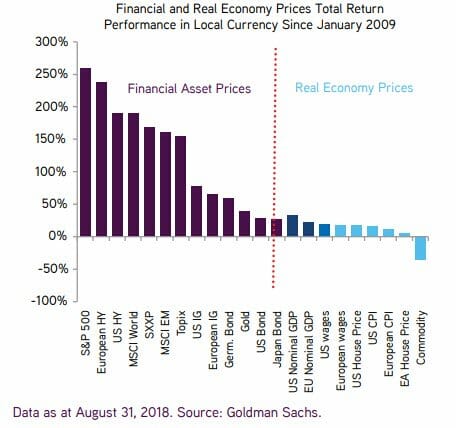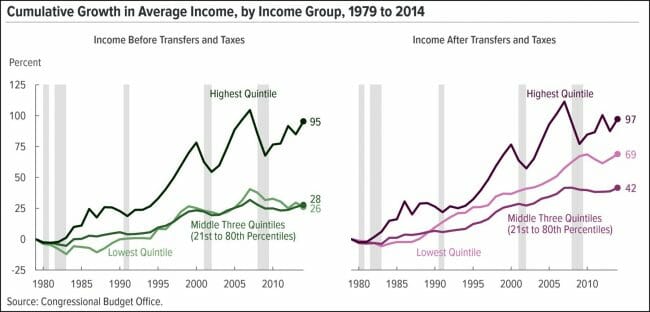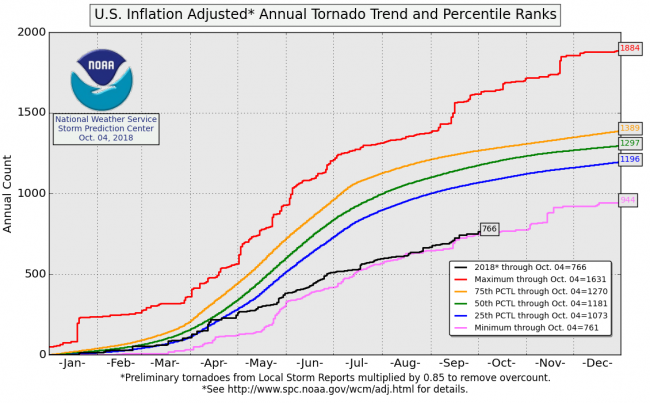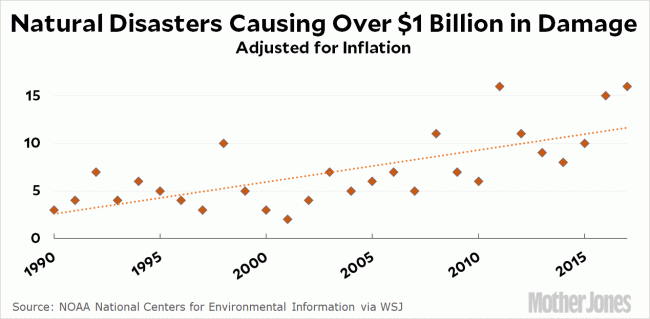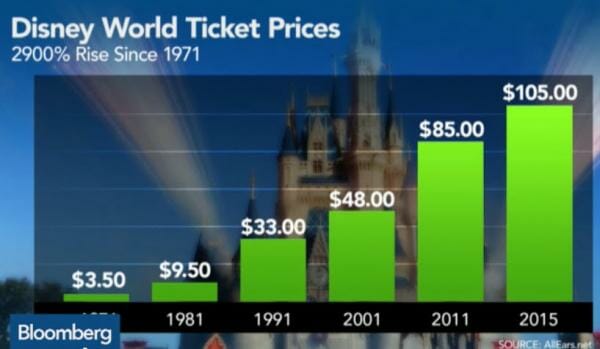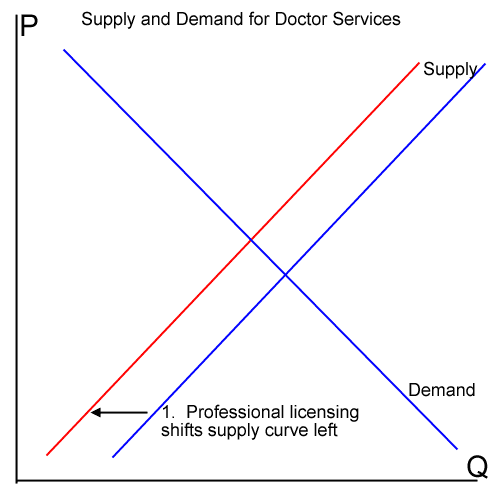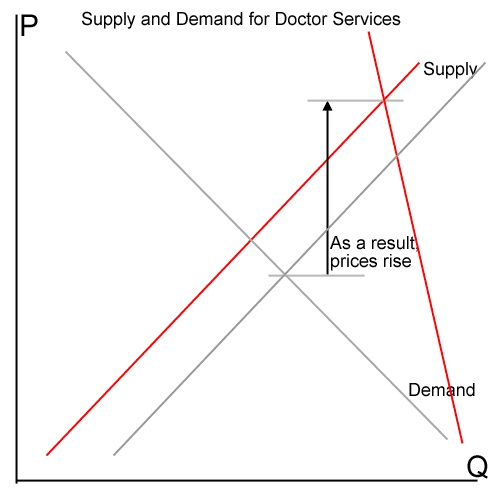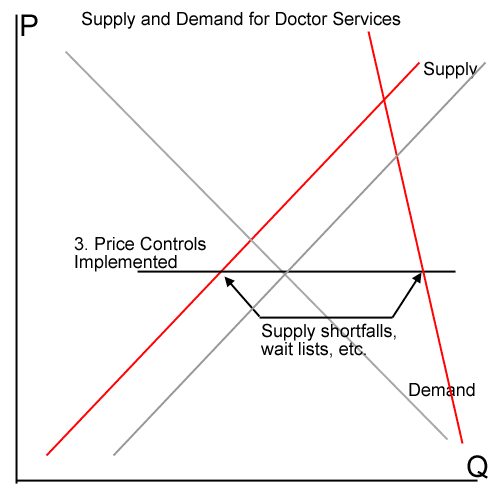A few updates on Trump's continuing tariff saga:
RNG
I challenge any human being to decipher any sort of rational (even an irrational but consistent) algorithm behind Trump's tariffs. Every day it is another random number superseding the prior random number. It is economic policy by whim.
Cronyism
Today Trump slapped a 100% tariff (see RNG point above) on semiconductor imports. It is difficult to comprehend a worse policy for the American economy had the President been dedicated to crashing things here on purpose. Consistently he slaps huge tariffs on commodity manufacturing inputs (chips, steel, aluminum) that are critical for the high-value-added products that are made in this country.
But leave that aside, what particularly caught my eye is this:
Trump announced he would impose a 100% tariff on chip and semiconductor imports, but would exempt companies moving production back to the United States
Apple seems headed for the first exemption, which they also received in Trump's first term and his tariffs then. Why Apple? One could argue that Apple has some of the highest gross margins of any manufacturer in the US and is perhaps most able to bear the tariffs. But this has nothing to do with fairness, it has to do with cronyism and political pull. Say what you will about all of the companies one thinks of as political manipulators, but no one holds a candle to Apple. They have used their size and clout and money to manipulate dozens of state and local governments all the way up to things like international tax law. In this case, the are apparently going to get an exemption because of the "promise" to invest lots of money in US manufacturing:
With CEO Tim Cook standing next to him in the Oval Office as the president announced a fresh (and very laughable) $100 billion investment plan by Apple which it would then add to the $500 billion already pledged over the next 4 years (which is ridiculous since Apple spent $43 billion in capex in the past 4 years and generated less than $100 billion in net income in its best year)...
Apple had previously pledged to spend $500 billion in the US over the next four years, an acceleration over its prior investments and previously announced plans, adding about $39 billion in spending and an additional 1,000 jobs annually. The announcement will bring Apple’s cumulative commitment to $600 billion, and appears to be an ad hoc bundling of pretty much everything on the income and cash flow statements, including CoGS, SG&A, CapEx, buybacks and so on. The previously-planned $500 billion was said to include work on a new server manufacturing facility in Houston, a supplier academy in Michigan and additional spending with its existing suppliers in the country.
Why does this sound familiar? Oh yes, because Foxconn made the exact same promise 8 years ago to build a huge plant in Wisconsin in exchange for dodging the Trump tariff hammer:
Initially, Foxconn was to build a Generation 10.5 facility that would manufacture large LCD screens. The project was to be an investment of up to $10 billion that would deliver up to 13,000 jobs.
The state legislature passed a $2.85 billion tax incentive package that required Foxconn to meet certain hiring and capital investment benchmarks during the next 10 years in order to receive the tax credits.
The company also received a $150 million break in sales taxes, bringing the total state package to $3 billion.
The village of Mount Pleasant and Racine County were put in charge of paying property owners for the land and upgrading the infrastructure.
How did this work out? Basically they bailed and terminated most of the project once Trump was out of office. Instead of 13,000 employees there were barely 1000 and less than a billion dollar was spent, a good portion of that government rather than private money. Elon Musk did pretty much the same thing in New York, abandoning most all of his job creation and investment promises.
The same thing has happened all the time -- corporation grabs current government regulatory benefits in exchange for promises of investment sometime in the future.
Absolutely no one should take this sort of thing credulously. This is a crony giveaway to a power corporation, and nothing else. It is Apple getting preferred treatment in exchange for giving Trump a nice press release item. I would be shocked if the final number is even 5% of these promises.
Premature Optimism
I see this sort of thing coming from a lot of (formerly) economics-rational Conservatives but it is really disappointing to see it from the WSJ news (not opinion) section:
Six months into the experiment, with more tariff announcements likely in the coming days, the economy hasn’t crashed. Inflation has ticked up but not soared. Consumers aren’t finding empty shelves.
This is a common theme on the Right -- that tariff opponents are wrong because the economic numbers look fine. But there are a number of reasons why the economy isn't apparently suffering too badly due to tariffs, beginning with the on-again off-again nature of Trump's rulemaking which has likely caused companies to defer major pricing changes until there is more certainty. In addition, Trump is making odd exceptions to the tariffs specifically to hold down their effect on goods being bought and imported right now for the Christmas shopping season. And 2Q likely saw a rush of economic activity as individuals and companies made purchases ahead of tariff deadlines.
But the main reason for no change is one of time. I am going to use an example I have used before in the context of Fed policy-making, but makes sense here as well:
Let's say you are standing in New Orleans and are on the phone to some guy controlling a dam on the Mississippi River up in Minnesota. The water level is low in New Orleans and you want them to open up. So the guy in MN says OK and opens up the flow. The next day in New Orleans the river is still low. You tell everyone the guy in MN is having no effect. You call him to open up more. This proceeds to repeat itself for several days, seeing the water still low and calling to open the MN dam more. Finally about a week later New Orleans is flooded.
This example makes it sound ridiculous but this is what happens all the time with macroeconomic policy, particularly when effects are flowing through a complex and lengthy international supply chain. Just to pick the first example that came to mind, think of one of the greatest economic shocks of my lifetime, the October 1973 oil embargo.
US unemployment did not rise above average 1971-1972 levels until a full year later, and the unemployment rate and recession did not peak until two years after the embargo. Even large shocks take time to percolate through the economy.
Many of Trump's tariffs have not been in effect for more than a few weeks and most only for a few days. Generally positive 2Q corporate earnings reflect the time period from April-June -- the steel in a GM car or the camera module in an iPhone were likely priced and purchased for 2Q sales back before Trump was even inaugurated. So there is no possible way tariffs could be showing up in any meaningful way yet in prices or corporate profitability, and it is ludicrous to count coup over current economic data and pretend that these data mean that tariffs are not going to have negative effects. It is embarrassing to watch Conservatives who should know better lured into supporting economic insanity that even 6 months ago they would never have tolerated.
However, there is one economic stat that might already be affected by all the tariff chaos and this is private corporate investment. Every indication is that private commercial investment has fallen because no company is going to make major investments in this crazy changing regulatory environment (an effect known to economists as regime uncertainty). However, as mentioned above, promises of investment may be skyrocketing but actual real money spending for new plant is not.

